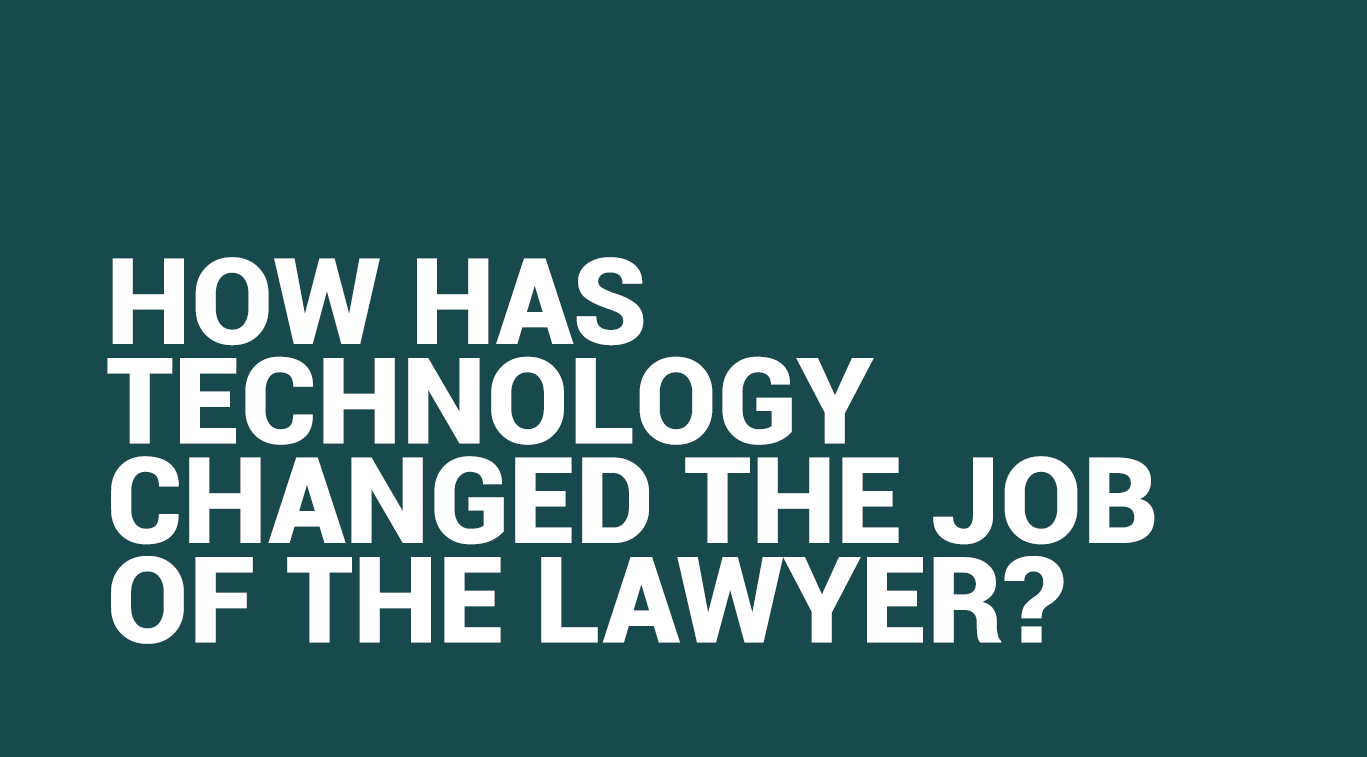Investing in the Law: Litigation Funding

Written by Maryam Khan
Blogger

Perhaps the most iconic area of the law, litigation, is what most people think of when asked to conjure up an image of a lawyer’s daily life. Of course, legal professionals have a multitude of differing sub-disciplines and other quotidian tasks to complete.
Nonetheless, amongst all of these peripheral errands, litigation remains a core staple of the legal profession. Yet, litigation is often one of the most expensive services a lawyer can provide.
The sheer cost of the litigation process is borne partly from its time consuming and labour-intensive nature, which requires not just a high amount of man hours, but also a considerable amount of judicial expertise.
This comes on top of court fees, which escalate from £25 for claims up to £300, rising to £185 for a claim of up to £3000 and becoming percentage proportional to the value of your claim – until being locked at an eye-watering £10,000.[1] Moreover, there exists the distinct possibility that your legal costs will not be covered by the other party in the event of a win, or, in some cases, the winning party may even need to cover the costs of the losing party, further adding an increased financial disincentive to litigating.[2]
In addition to all of these direct expenses, there also is the question of opportunity cost. This can be especially taxing for businesses and sole traders but can hit individuals, too. Having to spend time preparing for court dates and gathering information for your legal team to utilise prevents you from taking on those everyday tasks that require your attention, not to mention upcoming projects that need significant focus and commitment to materialise. In this manner, ongoing litigation can bleed time and money from your other activities and, in many cases, costs more than it is worth, at least in a pragmatic sense.
Contemporaneous with all of these direct and indirect costs, the ‘Legal Aid, Sentencing and Punishment of Offenders Act 2012’ or LAPSO Act brought about huge changes to the legal aid system. Chief among these changes was a disposable income threshold of £3000. Any household with a disposable income greater than this cap is not entitled to legal aid. Similarly, many areas of civil law have been removed from the scope of legal aid entirely.[3]
As a consequence, and as Sir Rupert Jackson puts it, ‘civil litigation costs are disproportionate and impede access to justice’.[4] Accordingly, many potential litigants have opted not to pursue court adjudication, due to the aforementioned costs. Indeed, The Law Society has found that the significant overheads of litigation have ‘had a negative impact on the state and society [as a whole]’.[5]
However, an answer appears to provide itself in the form of litigation funding.
Litigation Funding, an answer to skyrocketing litigation costs?
Firstly, what is litigation funding?
Typically, when parties litigate against one another, they each pay for their own preliminary legal costs. When one party (normally the claimant, though sometimes the defendant) has litigation funding in place, an unrelated third party covers the legal costs of the party in question.
In return, the funded litigating party agrees to share any subsequent litigatory award with their legal sponsor. More often than not, this kind of funding agreement is paired with After The Event (ATE) insurance that will mitigate the brunt of adverse legal costs and expenses incurred in the event of a loss.[6]
This pecuniary package of third-party legal funding, combined with ATE insurance, provides a powerful tool for potential litigants to manage their legal costs and overcome the inherent financial barriers of the court system.
Equivalently, for the legal sponsor, litigation funding provides a dynamic and profitable new asset class, one which is increasingly being capitalised upon.
Litigation funding is by no means a new market phenomenon. The earliest UK instance of this practice was seeded in a regulatory reform of the 1967 Criminal Law Act, which made way for the convention of ‘rendered maintenance’, which allowed non-affiliated third parties to provide financial support to litigants. Since then, another series of reforms in the 1990s has permitted an even greater scope for litigation funding, by allowing legal success fees.[7]
However, any growth in this industry was minor up until recently, with a 2018 Burford survey of law firms and in-house lawyers showing that 63 percent of UK respondents reported an increased use of legal finance in their firms, within the last two years.[8]
Why is litigation funding becoming increasingly popular?
The recent meteoric rise in the popularity of litigation funding can largely be attributed to rapidly changing financial markets and this particular asset classes’ resilience to the business cycle.
Since the gilded era of the 1930s, a lot has changed in the financial markets. The former asset of choice, the bond, has lost favour in comparison to its riskier counterpart, the stock – as contemporary traders cannot expect the same return on ‘safe’ assets as their 20th century predecessors could.
This trend has driven an increasing search for more varied and dynamic financial options, such as the ETF. Equally, recent disruptive global events have led to concerns about the safety of financial markets. 2008’s impact has, of course, left psychological scars, and, more recently, the stock market’s strange behaviour in initially ignoring the COVID-19 pandemic, then wildly oscillating between bullish and bearish tendencies, has left many forward-thinking investors concerned about the viability of their stock holdings.
Subsequently, many have turned to litigation funding, as it is an asset class that is predictable, resilient and profitable. Unlike stocks, which can rapidly shift due to extraneous events, litigation is sealed and unaffected by the psychological economics at play in the broader financial markets.[9]
This is also the factor that leads to litigation funding’s resilience to the business cycle, as the legal profession, an industry often lauded to be unaffected by the business cycle, generates work regardless of prevailing market trends. Indeed, due to the strong correlation between periods of economic inactivity and legal disputes, litigation funding is an excellent investment option during periods of economic difficulty, such as recessions.
Thirdly, the profitability of litigation funding is exceptional, with an average funder expecting to see a profit of around 3 or 4 times its invested capital as an initial rate of return, before any potential recovery of legal costs is considered.[10] This profit margin dwarfs those of other, more traditional asset classes.
Beyond these directly financial incentives, litigation funding also offers an opportunity for investors to engage in social responsibility, an especially sought-after peripheral benefit of the new ‘corporate responsibility’ era. Crucially, litigation funding allows investors to capitalise on the functioning of the justice system, placing their trust in its processes and, as a consequence, increasing the public’s access to justice. In this manner, a variety of businesses and individuals take advantage of the justice systems in place, while those funding them can grow their capital responsibly.
Legal Tech and the Mechanics of Litigation Funding
Another manner in which litigation funding is arguably distinct from other asset classes is its unique potential for a synergy with the addendum industry of legal technology.
As aforementioned, many of the more predominant costs incurred during the litigation process are those associated with the contracting of legal professionals to create, present and submit legal arguments.
Consequently, the more hours required to construct the scaffolding to support the litigation process the greater the incurred costs. Legal tech, such that contained in the Good Law Software system, stands poised to lessen this burden. Much of the administrative tasks that need to be carried out by lawyers can instead be offloaded to innovative, efficient and swift legal tech support software. As a result, these administrative technology systems could greatly reduce the latent organisational expenses of litigation.
Such a reduction in the expenses of litigation would subsequently decrease the overheads involved in litigation funding and, as a consequence, drastically increase profit margins for investors and litigants alike. Indeed, many of the litigation-focused hedge funds and firms in existence today could benefit by investing in technological support packages for their legal associates and affiliated law firms. Such a doctrine would not only decrease incurred outgoings, but also maximise client engagement, as cheaper litigation costs would decrease any ATE premiums required and drive down the monetary risk of litigation overall.
On the more radical end of the legal tech spectrum, advanced legal analysis programmes could make the fundamental pre-investment analysis of litigation funding more streamlined, accurate and direct.
Before a legal sponsor commits to funding a specific case, they must be sure that there is a reasonable chance that their sponsee’s claim is viable. Often, this process requires a complex and inherently costly legal analysis to complete, usually conducted by an in-house solicitor.
Richard Susskind, OBE, the IT Adviser to the Lord Chief Justice of England and Wales foresees the emergence of ever more sophisticated ‘outcome thinking’ analysis algorithms, which could compile all the data relating to the case in question and provide a comprehensive and, crucially, precise conclusion on the viability of the sponsee’s case.
While such predictive analysis programs are certainly futuristic sounding, they are far from impossible, and Susskind has been strikingly right before. If such programmes were to be employed in the field of litigation funding, then this form of financial investment would undoubtedly become one of the most lucrative asset classes in the financial markets, unparalleled in its certainty of outcome.
Conclusion
As it stands today, litigation funding is a remunerative and cost-effective method of investment, which carries low risk, is resilient and socially responsible. These facts alone make the litigation funding asset market a worthwhile enterprise to become involved in. However, with the increasing prevalence and predicted sophistication of emerging legal technology the industry of litigation funding is projected to become even more rewarding than before.
References
[1] https://phoenixdisputesolutions.com/gb/news/cost-litigation-uk
[2] https://www.rcsolicitors.co.uk/disputes/solicitors-costs/who-is-responsible-for-paying-the-costs
[3] https://www.chambersstudent.co.uk/where-to-start/newsletter/legal-aid-cuts-and-reforms
[4] https://www.judiciary.uk/wp-content/uploads/JCO/Documents/Reports/jackson-final-report-140110.pdf
[5] https://www.lawsociety.org.uk/en/topics/legal-aid/laspo-act
[6] https://brownrudnick.com/alert/the-growth-of-litigation-funding-what-you-need-to-know/
[7] https://katchinvest.com/news/the-history-and-attractiveness-of-litigation-funding-in-the-uk/
[8] https://katchinvest.com/news/the-history-and-attractiveness-of-litigation-funding-in-the-uk/
[9]https://www.mondaq.com/india/trials-appeals-compensation/1004648/understanding-the-business-of-litigation-funding-the-indian-landscape
[10]https://brownrudnick.com/wp-content/uploads/2021/04/Client-Alert-The-Growth-of-Litigation-Funding-What-You-Need-to-Know.pdf








